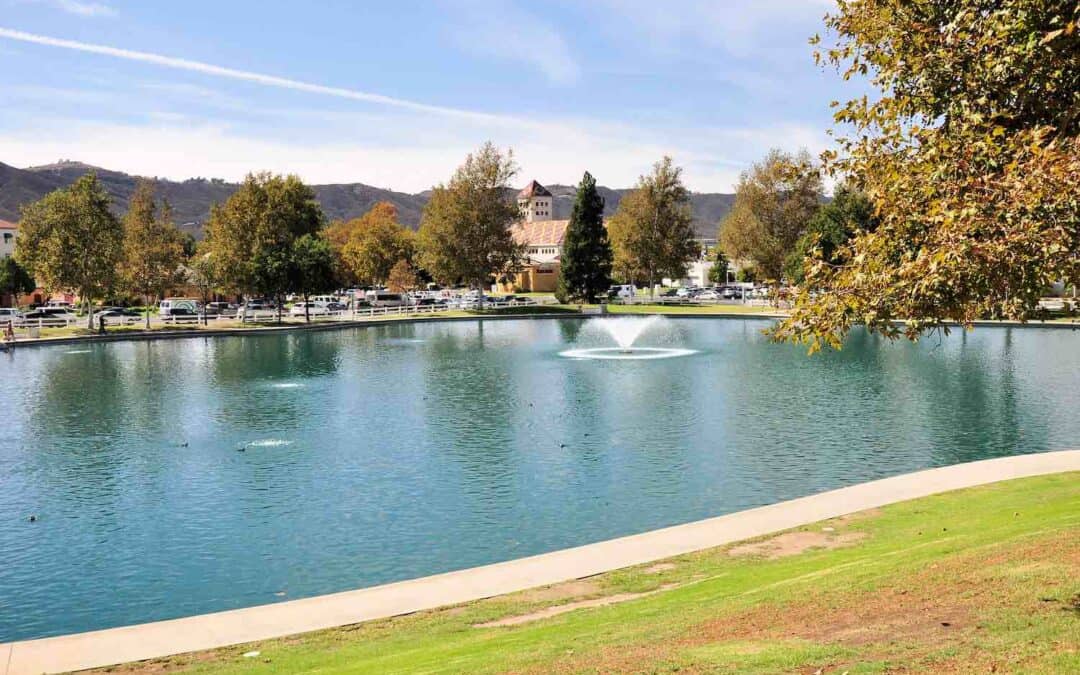Southern California’s stunning landscapes, idyllic beaches, and warm, sunny climate make it a dream destination for couples planning their special day. From the picturesque coastline to the rolling vineyards, the region offers a diverse range of wedding venues to choose from. However, before you set a date and book your venue, it’s essential to understand the unique weather considerations that come with this region. In this blog post, we’ll delve into the seasonal weather patterns, temperatures, rainfall, and more to help you plan the perfect wedding day.
Seasonal Weather Patterns
Southern California is known for its Mediterranean climate, which is characterized by mild, wet winters and warm, dry summers. The region experiences four distinct seasons: spring, summer, fall, and winter. Let’s take a closer look at what each season entails in terms of weather conditions.
Spring (March to May): Spring is a popular time for weddings in Southern California due to its comfortable temperatures and blooming landscapes. During this season, temperatures range from the mid-60s to mid-70s Fahrenheit (18-24°C). It’s generally a dry period with minimal rainfall, making it an ideal time for outdoor celebrations. However, keep in mind that spring is also a peak tourist season, so popular venues might get booked up quickly.
Summer (June to August): Summer in Southern California is synonymous with sunshine and warmth. Average temperatures during this season range from the high 70s to mid-80s Fahrenheit (25-30°C). While the weather is usually pleasant, there is a possibility of heatwaves, particularly in inland areas. If you’re considering a summer wedding, ensure your venue has adequate shade and cooling options for your guests. Additionally, be aware that the coastal areas are prone to morning fog, which can dissipate as the day progresses.
Fall (September to November): Fall is another favored wedding season in Southern California. The temperatures start to cool down, ranging from the mid-60s to mid-70s Fahrenheit (18-24°C). The region experiences fewer crowds compared to summer, providing a more serene setting for your celebration. Fall is generally dry, but there might be occasional Santa Ana winds that bring warm, dry conditions from the inland areas to the coast.
Winter (December to February): Winter is the rainy season in Southern California, but don’t let that discourage you from considering a winter wedding. The temperatures remain mild, averaging in the mid-60s Fahrenheit (18-20°C), making it a pleasant time to tie the knot. While rainfall is more common during this season, it tends to be spread out over several days rather than continuous downpours.
Rainfall and Precipitation
Understanding the rainfall patterns is crucial when planning an outdoor wedding in Southern California. The region’s rainfall is highly variable and is largely influenced by periodic climate phenomena like El Niño and La Niña. On average, Southern California receives around 14-20 inches (355-508 mm) of rainfall per year, with most of it occurring during the winter months.
To avoid unexpected weather disruptions, consider having a backup plan or renting tents in case of rain. If you’re set on an outdoor wedding, it might be wise to opt for a canopy or tent that provides both shelter and an elegant touch to your celebration.
Coastal vs. Inland Considerations
Southern California’s weather can vary significantly between coastal and inland areas due to the proximity to the ocean and the influence of marine layers. Coastal regions, such as Santa Monica and Malibu, tend to have milder temperatures and more consistent weather patterns, including morning fog. Inland areas, like Palm Springs and Temecula, experience hotter temperatures, especially during the summer months. If you’re considering an inland venue, make sure to provide ample water and shaded areas for your guests.
Sun Protection and Comfort
While the golden California sun is one of the region’s highlights, it’s essential to prioritize your guests’ comfort. High temperatures and intense sun can lead to discomfort and even heat exhaustion, especially for elderly guests or children. Consider providing sunscreen stations, parasols, and handheld fans to keep everyone cool and protected.
Conclusion
Planning a wedding in Southern California offers a plethora of stunning landscapes and weather options. Whether you opt for the mild spring, warm summer, tranquil fall, or the slightly damp but still pleasant winter, understanding the seasonal weather patterns will help you make the best decisions for your big day. Keep an eye on rainfall averages, have a contingency plan in place, and account for the varying conditions between coastal and inland venues. By factoring in these weather considerations, you can ensure a memorable and beautiful wedding day that’s free from weather-related surprises.






